Perilla leaf is a versatile ingredient that can be used in both sweet and savoury dishes. The leaves have a slightly minty flavour with hints of anise and cumin, making them perfect for adding a touch of flavour to stir-fries, soups, and stews. Perilla leaves can also be used as wraps for sushi or grilled meats.
The purple variety of perilla is often used as a natural food colouring due to its vibrant hue. When used in desserts, the leaves give baked goods a beautiful lavender colour.
In addition to its culinary uses, perilla has numerous health benefits. The leaves are rich in antioxidants and anti-inflammatory compounds, making them effective at treating everything from allergies to indigestion.
Table of Contents
About Perilla:
Perilla, also known as shiso, beefsteak plant, Chinese basil, and purple mint, was first grown in China. In the 8th century, it moved to Japan, where it quickly became one of the most important spices in Asian cooking. Before it was used for cooking, it was used as fuel for oil lamps, but this became too expensive to do often. Now, it has been shown that the herb has many useful qualities.
There are some Perilla with green leaves and some with purple leaves. Usually, it is used in Japanese cooking, where it is called shiso. In Asia, perilla oil is used as medicine and to add flavour to foods like candies and sauces. Perilla is full of omega-3 fatty acids, and the leaves are used to flavour tofu and decorate tempura. This plant's leaf is used as a garnish in many Asian dishes, like soups, salads, and sushi. It is a very pretty plant for the garden, and butterflies are drawn to it. It is a strong-smelling plant that smells like mint. Local people have always used different kinds of perilla. The leaves are eaten as a vegetable, and the seeds are used to make a healthy cooking oil. Perilla is a weed that is a problem in the United States. When cattle eat it, it makes them sick. Some types of perilla are said to have deep red leaves that look like raw beef, which is where the common name comes from.
Plant description of Perilla:
Perilla is a perennial plant that grows from 60 to 90 centimetres (24 to 35 inches) tall. It is a herb that is good for your health, has a nice smell, and can be used as an ornamental plant. The plant grows in dry, rocky woods, the edges of springs, sand and gravel bars along rivers, disturbed, weedy meadows, gravelly areas along railroads, the edges of yards, areas near gardens, back alleys in cities, and various waste areas, pastures and fields, dry woods, and waste places. The plant grows well in many different types of soil, such as loam, sand, and gravel. The stem is square with sharp corners and is between 0.5 and 1.5 cm in diameter. It often has many branches and is finely to densely hairy and gland-dotted. Dried stalks can last all winter long.
Plant description of Perilla leaves:
The leaves are simple, opposite, decussate, 7–12 cm (2.8–4.7 in) long and 5–8 cm (2.0–3.1 in) wide, and they get smaller from the bottom to the top of the plant. They are finely hairy to densely hairy. The petiole is 0–7 cm long and is either not there or is very small on the uppermost leaves. The blade is 2–13 cm long and 1.5–10 cm wide. The base is round to cuneate, the edge is fine to coarsely serrated and sometimes wavy, and the tip is short, pointed, or mucronate. The undersides of the green leaves have small spots of purple.
Health benefits of Perilla leaves:
- Anti-inflammatory properties
Perilla has been used for a long time to treat wound inflammation and upset stomach. This is because the plant has an active chemical called luteolin. This chemical fights inflammation and reduces its signs and symptoms by making the body make more of a chemical called corticosterone. Corticosterone is a neurotransmitter that our bodies make when we are stressed.
- Full of omega-3 and omega-6 fatty acids
Perilla is a great source of Omega fatty acids for people who are vegetarians or vegans. Compared to other plant oils, perilla oil has a higher percentage of healthy polyunsaturated and unsaturated fats. Omega fatty acids are needed for your brain to work well and for your body to grow and develop in a healthy way.
- Improves wellbeing
Perilla has two chemicals in it called Rosmarinic Acid and Caffeic Acid. Both of these are antidepressants, so they can help you feel less stressed and anxious. Aromatherapy also uses the herb to help people relax and let go of any stress they may be holding on to.
- Helps relieve stomach pain
Flavonoids, which are found in the leaves of perilla, help relieve stomach pain. This includes things like feeling full, getting sick, and passing gas. The oil can also help reduce inflammation in the stomach, which makes digestion better and makes indigestion less painful.
- Good for your skin
The oil from this herb is good for treating skin that is getting old and for keeping your skin's barrier hydrated, which makes it less likely that you will lose water. The oil also has anti-inflammatory properties that can help treat skin that has a lot of problems.


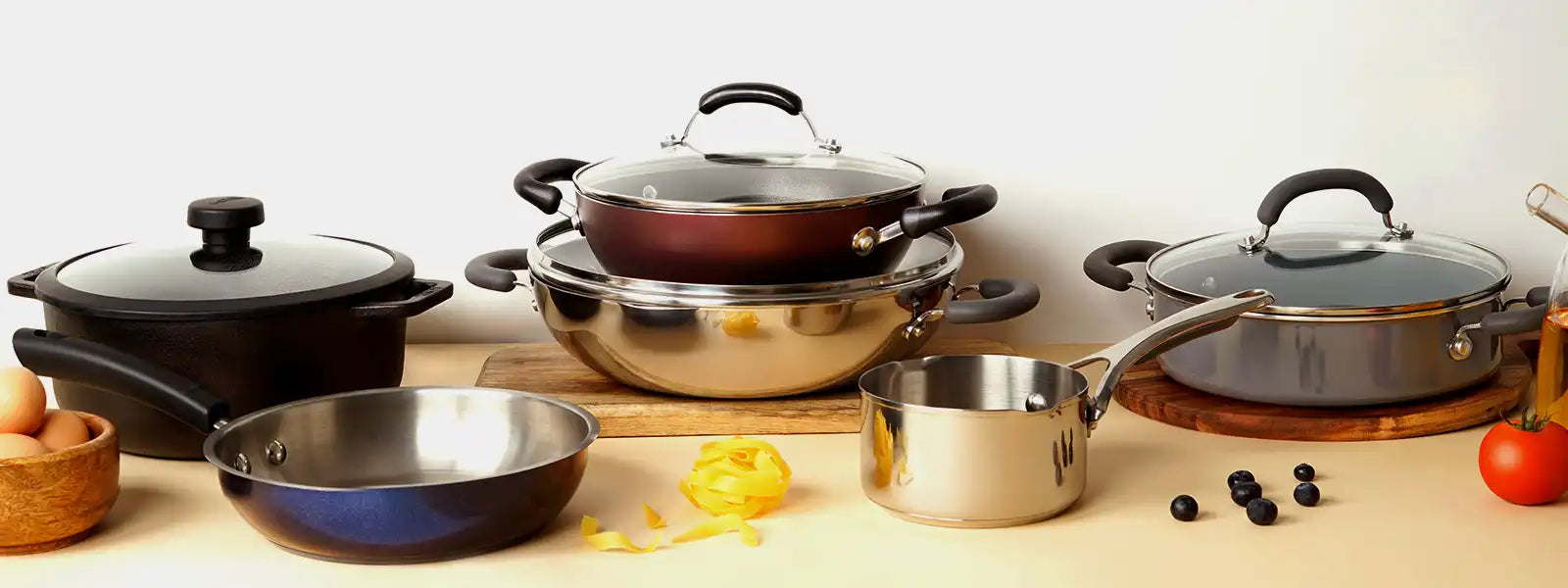
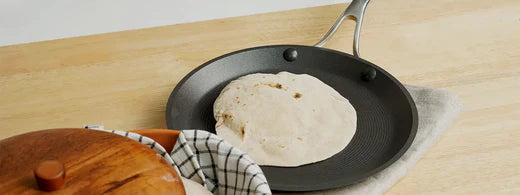
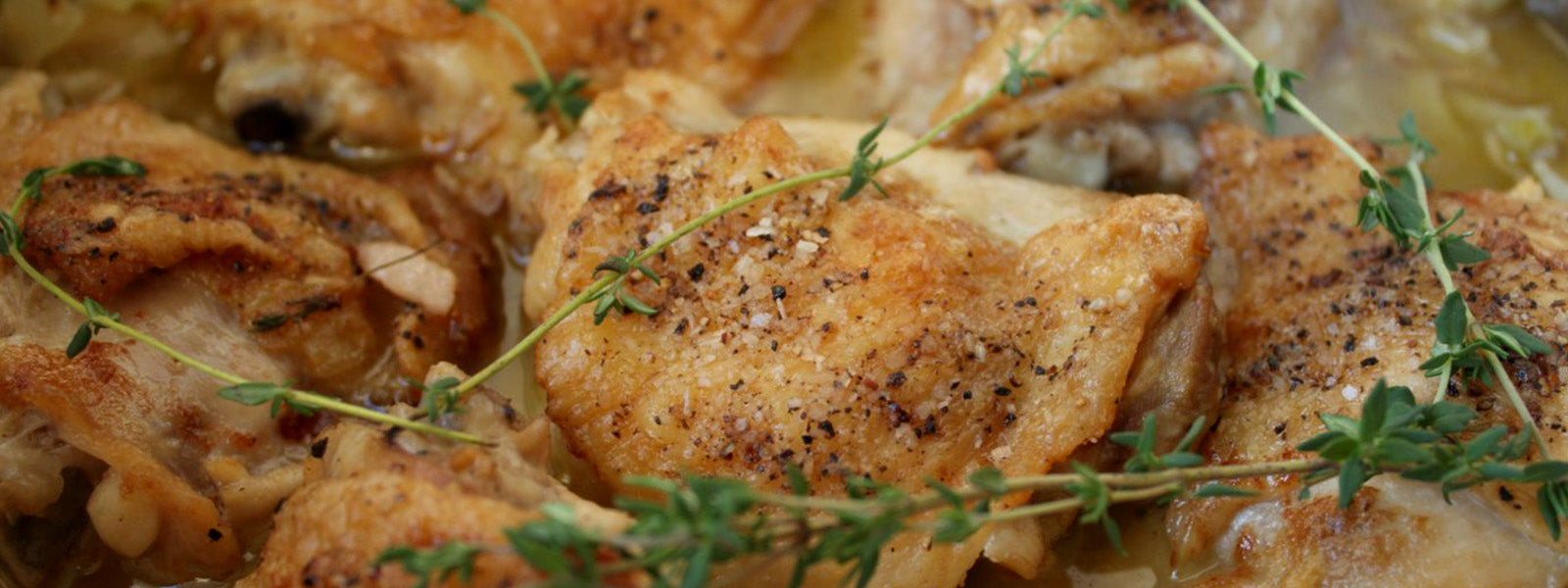
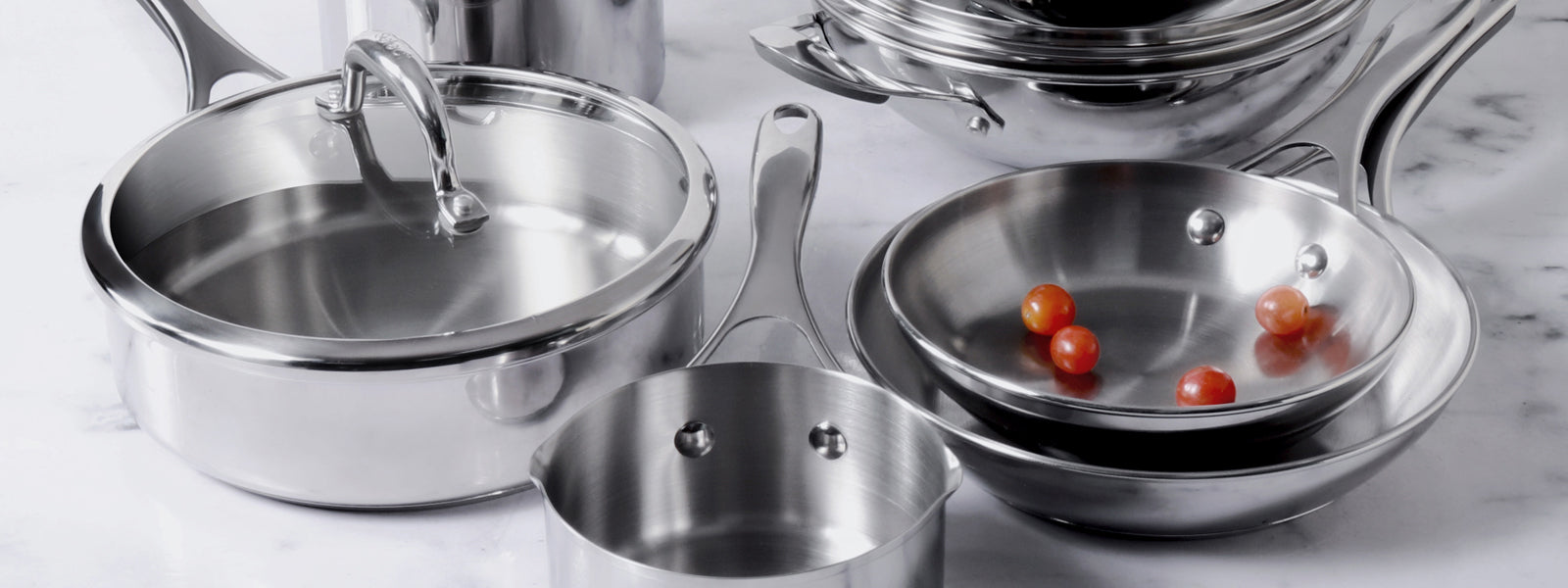
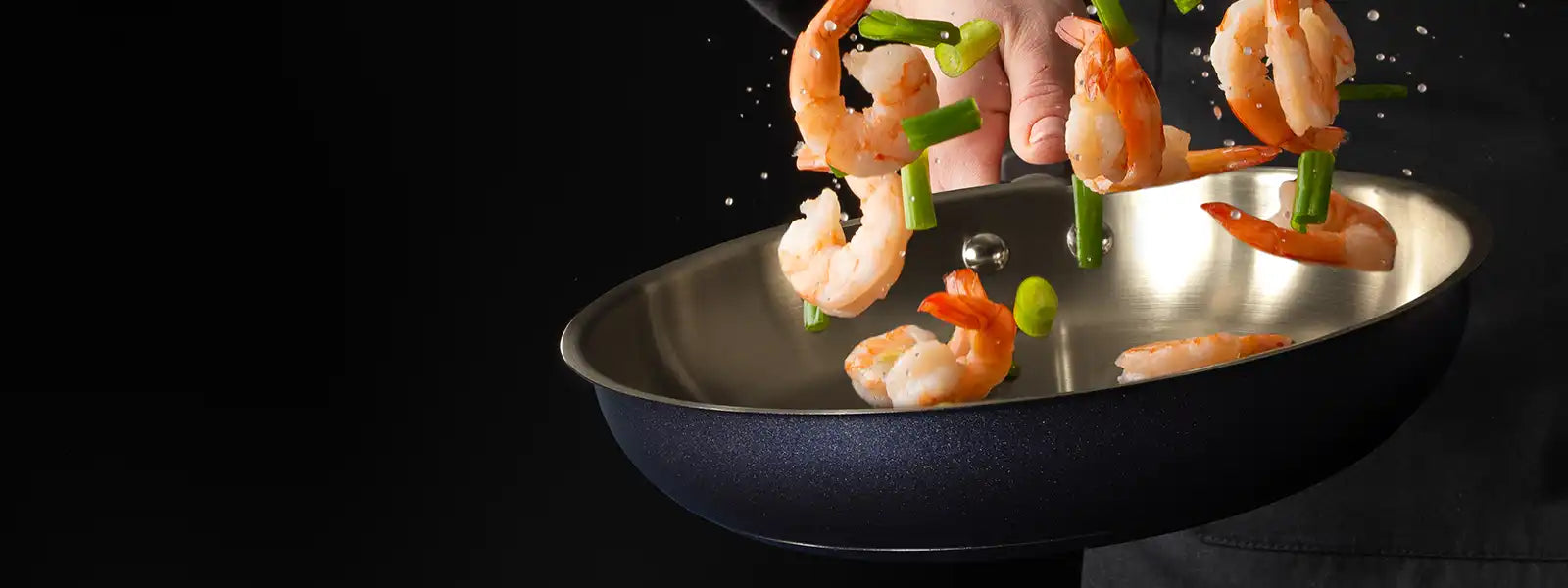
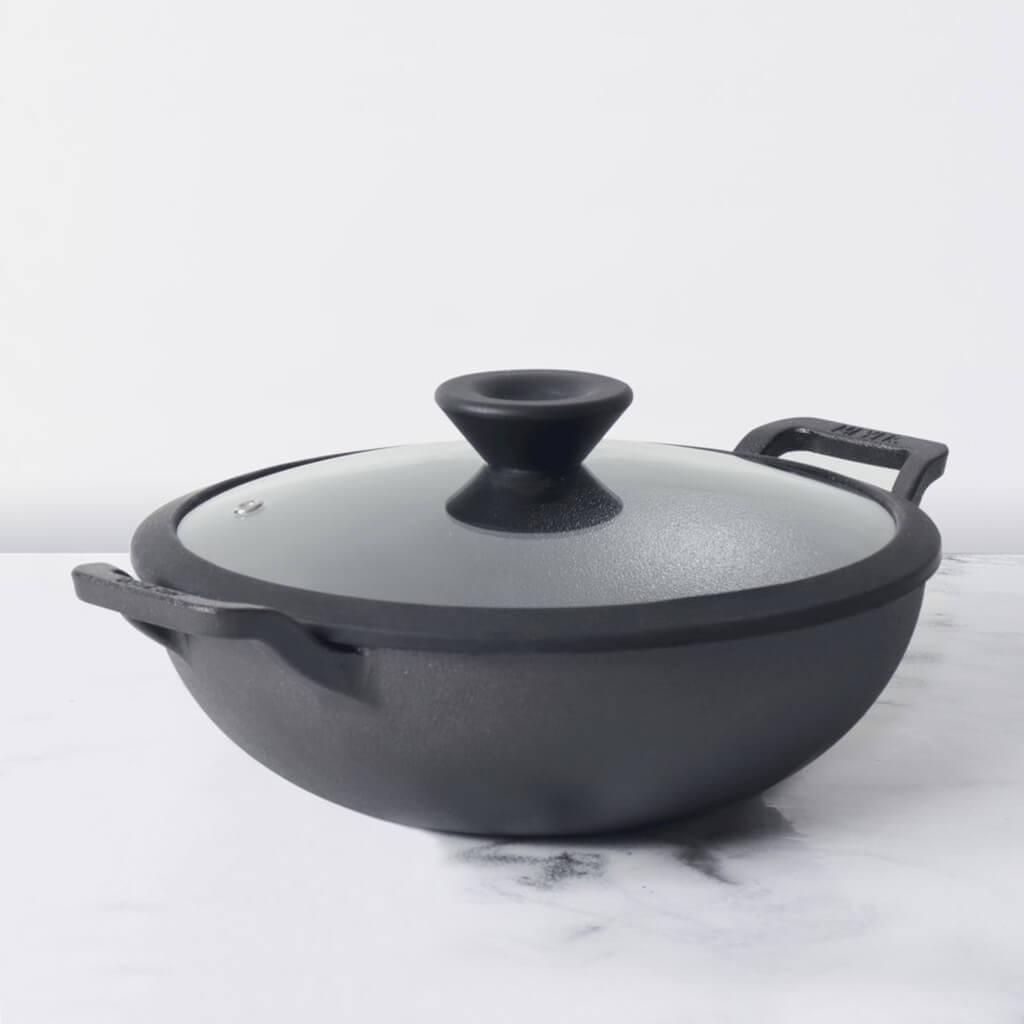
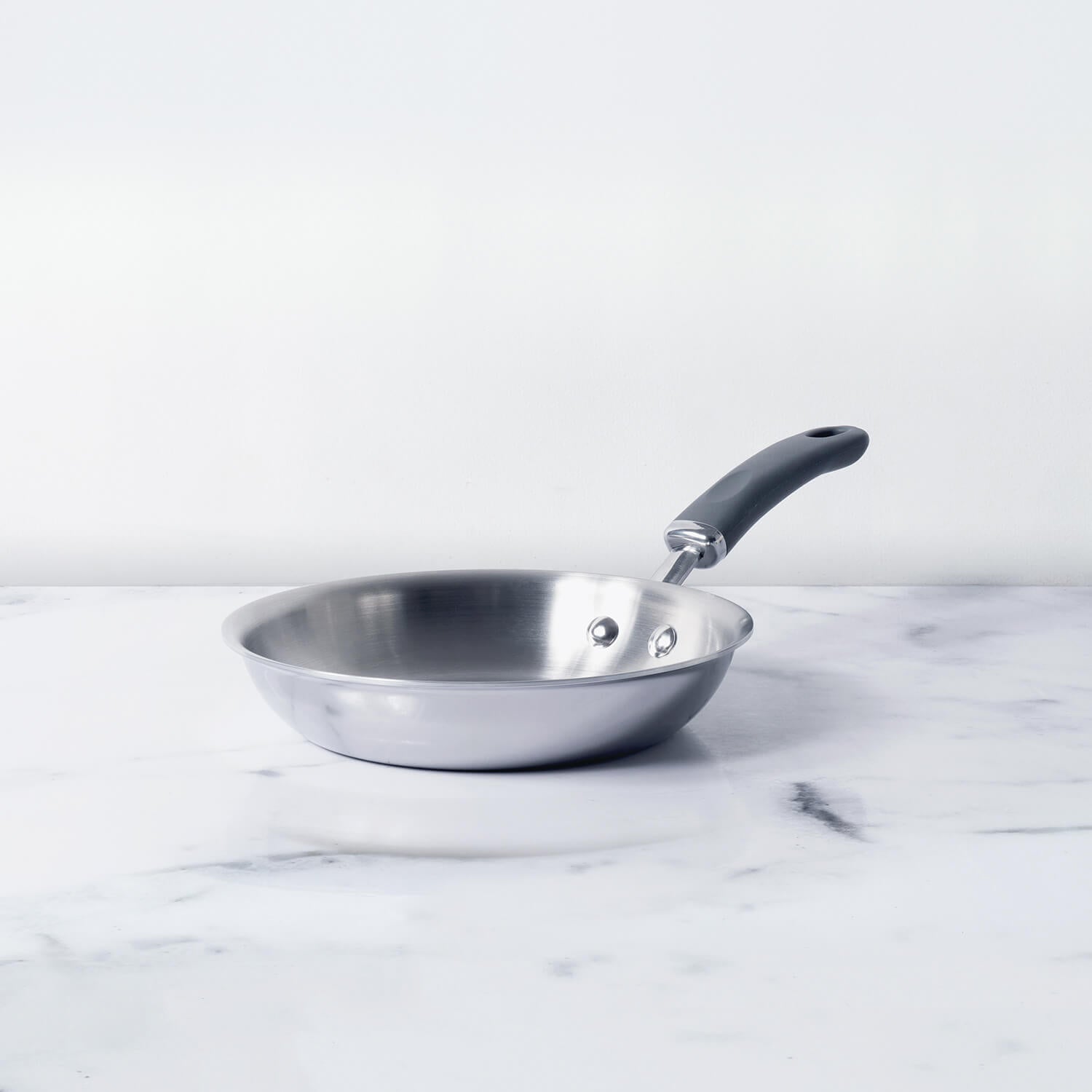




Leave a comment